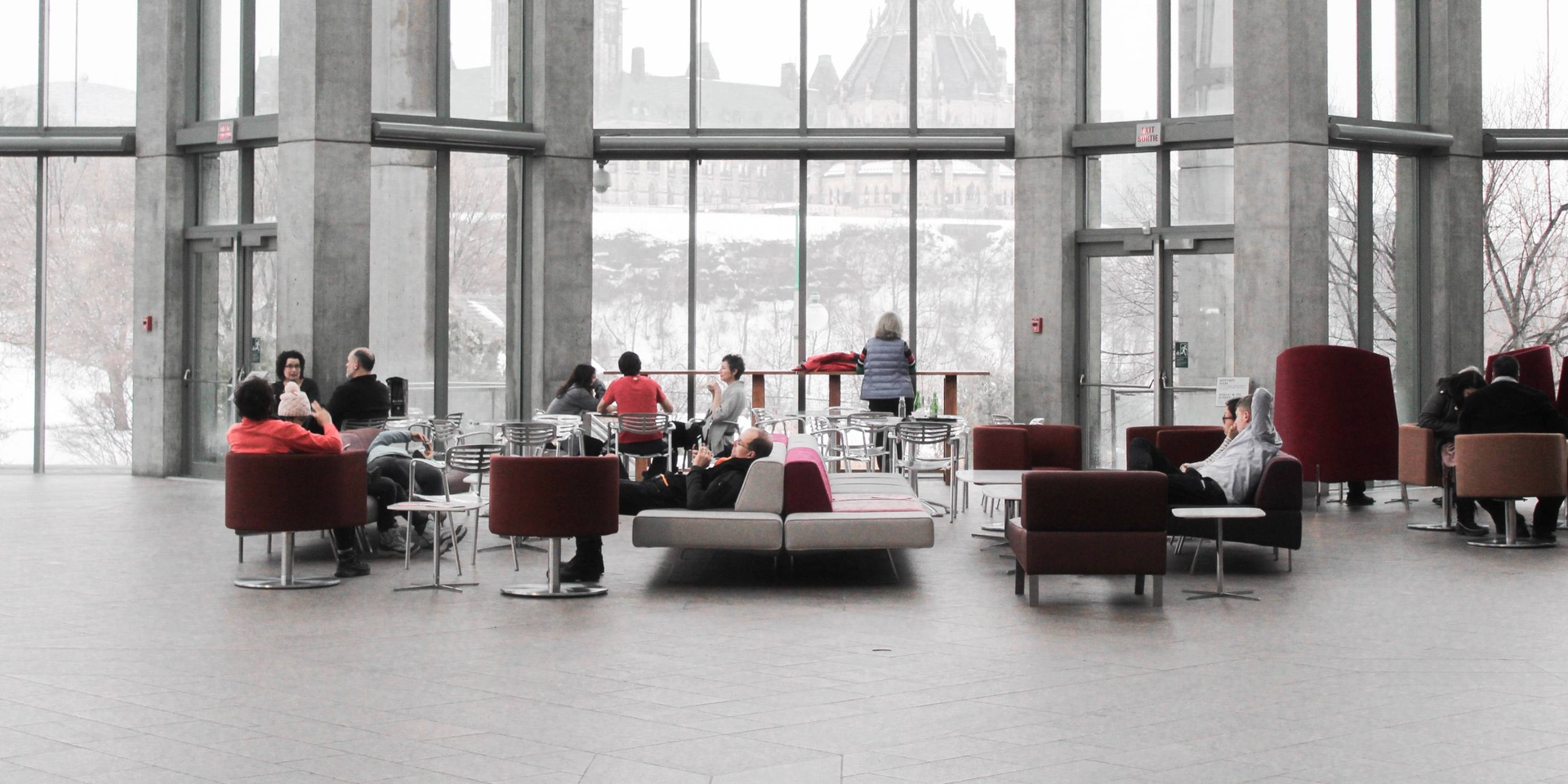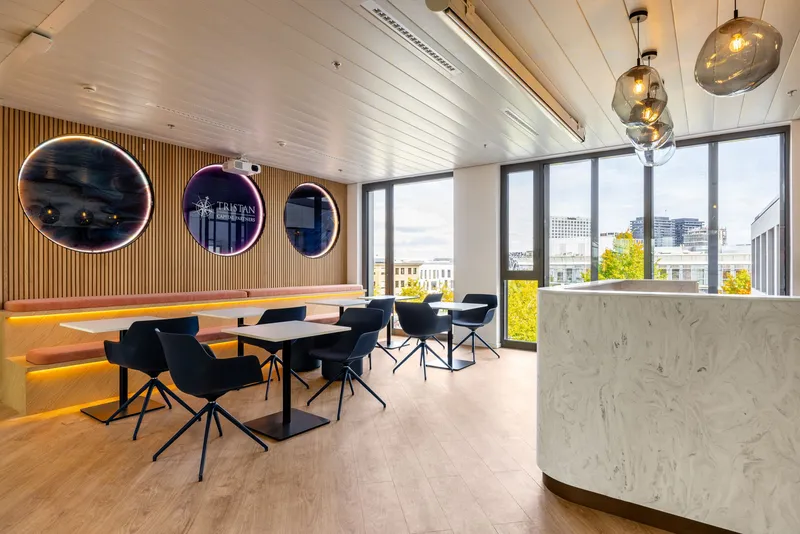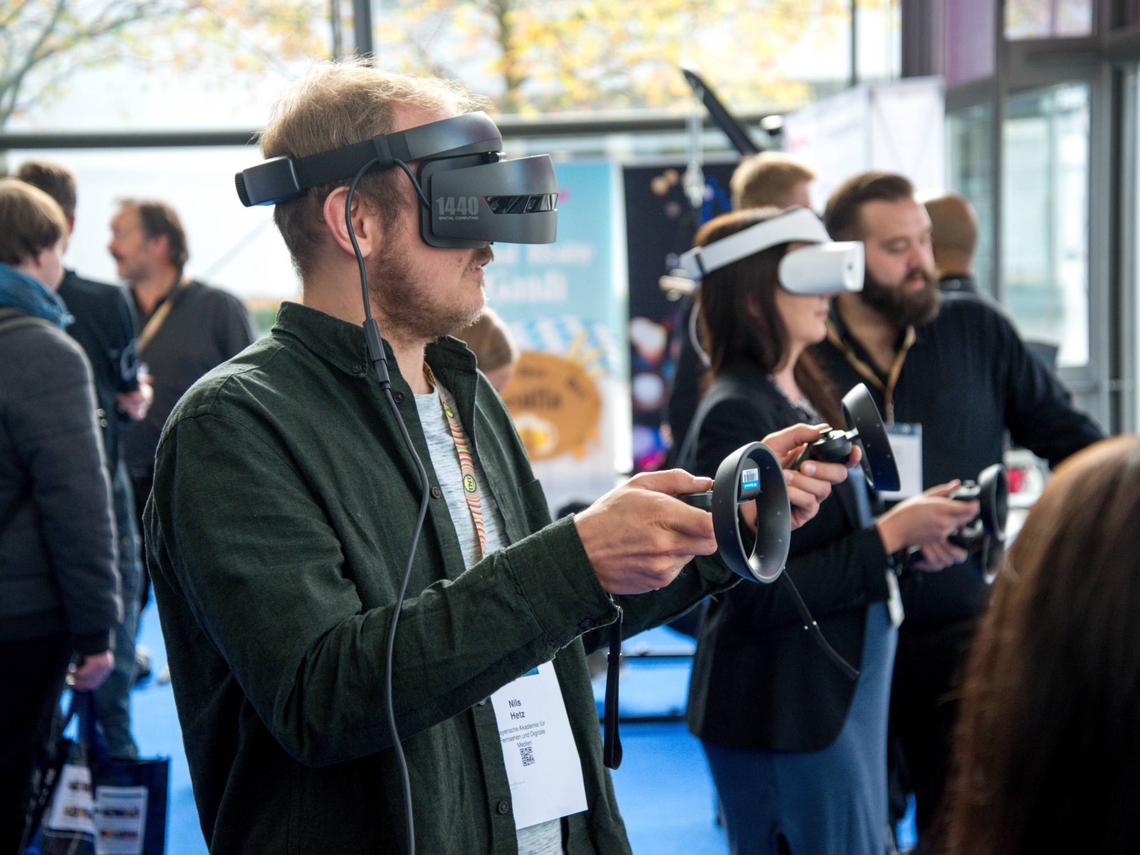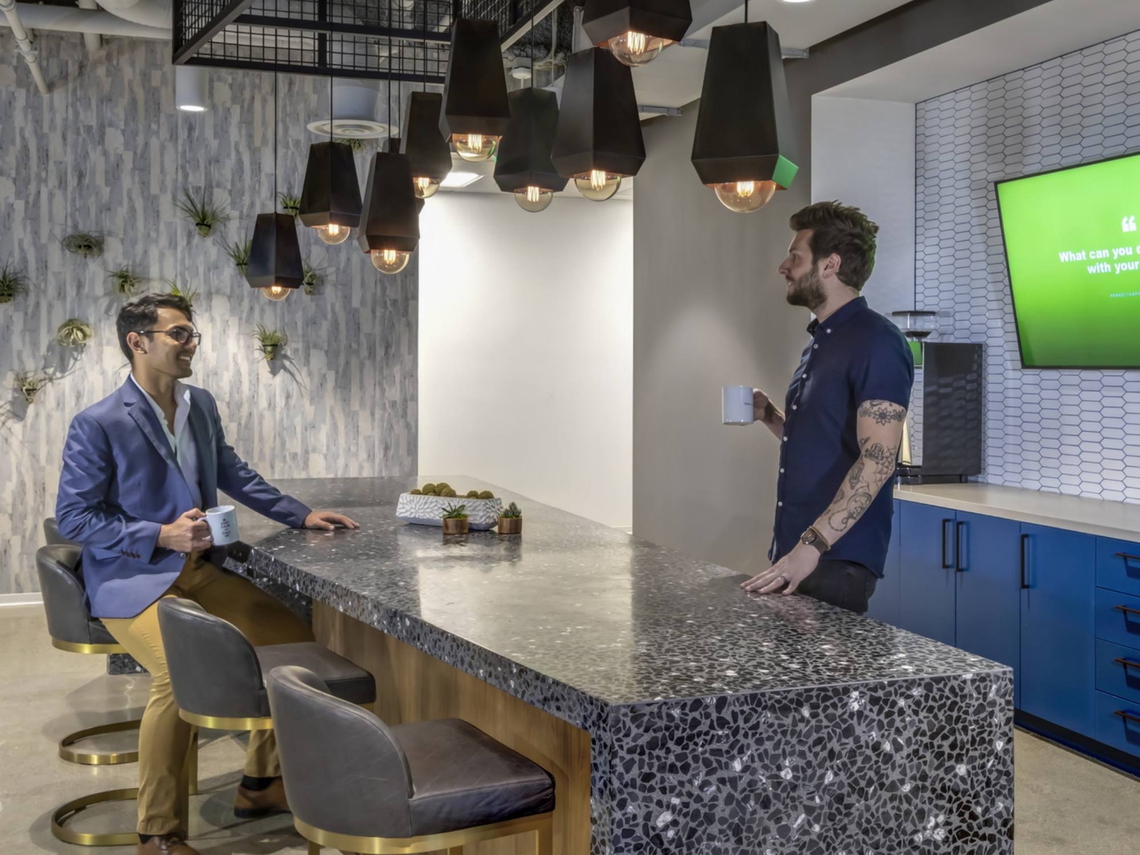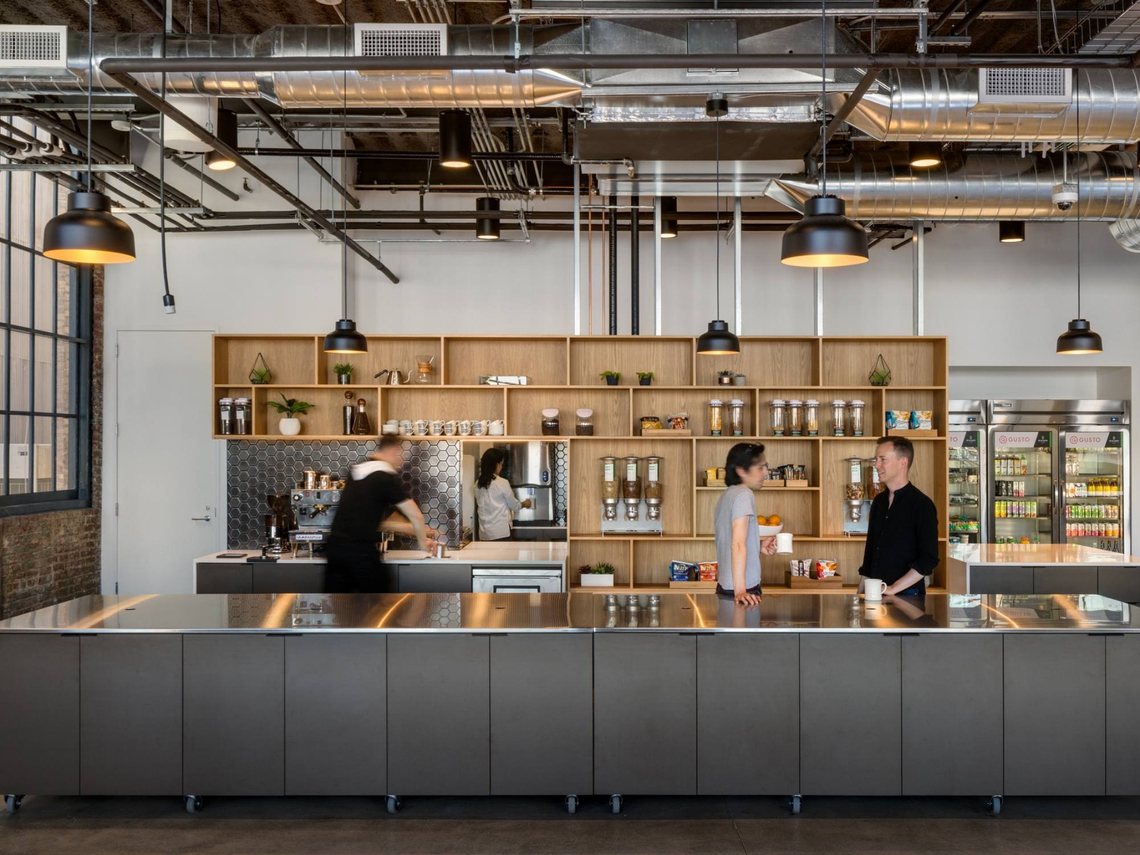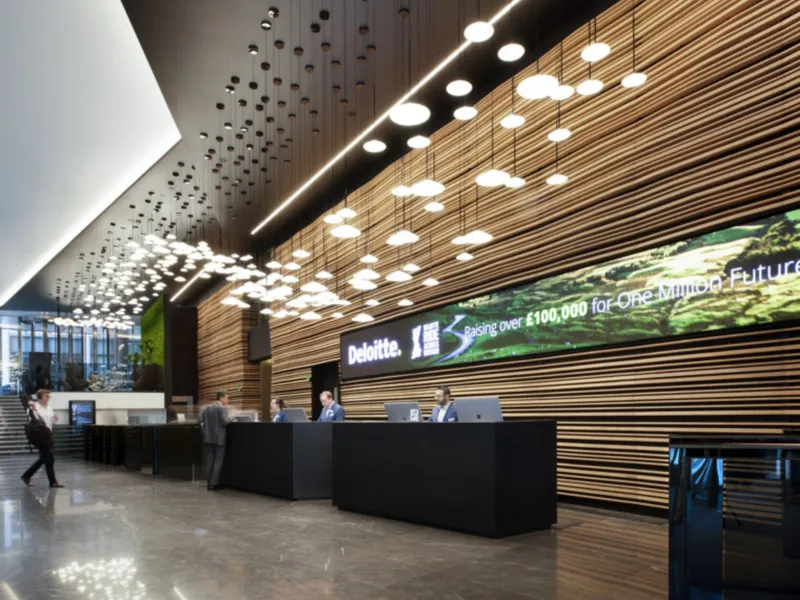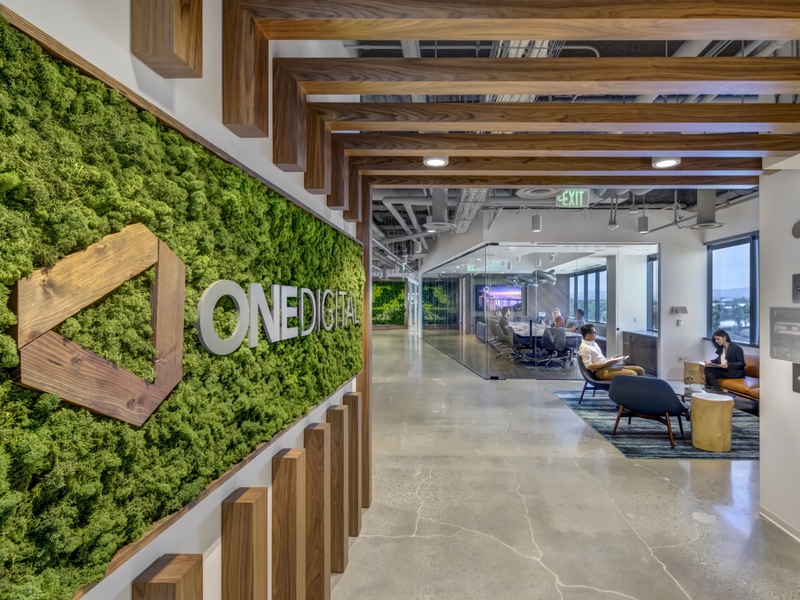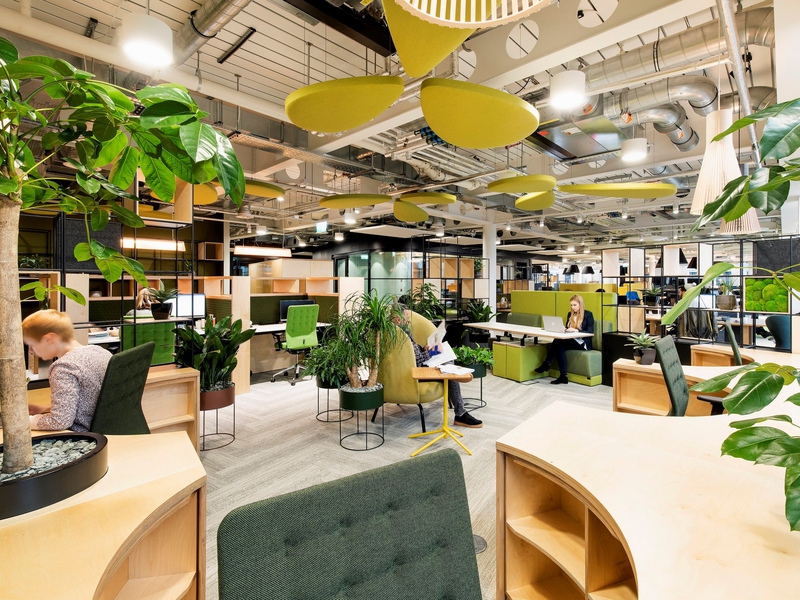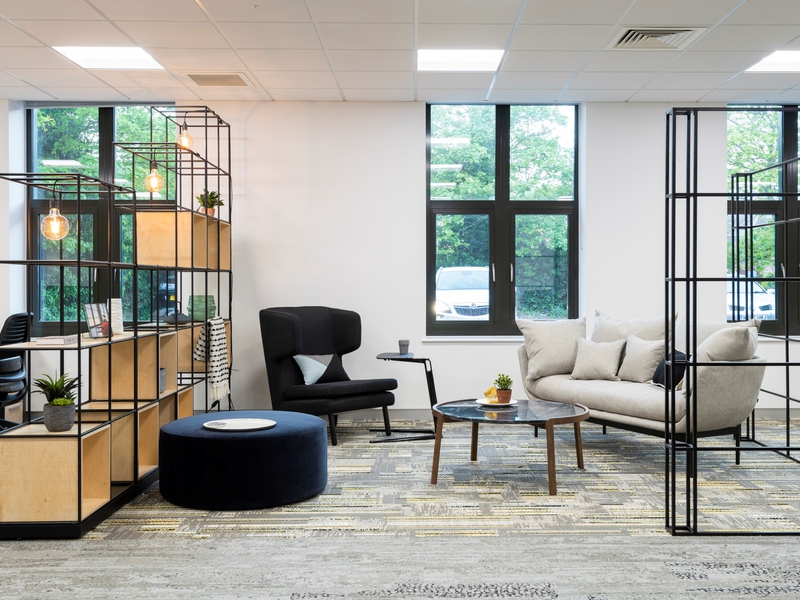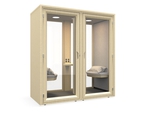Aug. 12, 2019
Industry Trends
Technology is on the rise in all kinds of ways. With the accelerating development and adoption of automation, artificial intelligence, the Internet of Things and the Internet of Systems, the Fourth Industrial Revolution is disrupting the workplace like never before. It’s essential however to put people first. So here are 7 ways to make sure your changing workplace remains focused on your staff and their needs and abilities.

1. Provide More Opportunities to Grow
According to Deloitte’s 2019 report on Global Human Capital Trends, most managers think their employees would more easily find a new job with a new employer than they would with their current employer. Furthermore, and in keeping with this perception, the number one reason why employees quit their jobs is because of an inability to learn and grow there. This has to change. Career advancement should be a natural progression for all employees, and not only for managers and leaders. It’s vital to think not only about growing your business, but also about growing your employees’ careers; which will in turn help your business to grow. In today’s competitive jobs marketplace, organizations have to be able to develop talent and promote from within in order to thrive.

2. Offer Better Education and Training
Deloitte’s number-one Global Human Capital Trend for 2019 is that organizations need to change the way people learn. They have to upgrade their education and training programmes just as they upgrade their technology, and also motivate staff to take advantage of such programmes. New skills, capabilities and ways of thinking are going to be essential in the future workplace. What our jobs are today, will be very different from what our jobs are tomorrow.
3. Create Superjobs
To take full advantage of technological advances, Deloitte suggests, organizations are going to have to create new “superjobs” that make the most of our unique skills as humans. These superjobs will be multidisciplinary and will combine parts of many different traditional jobs: their main focus will be on overseeing how staff can work with machines most productively and efficiently.
4. Provide a Great Human Experience
A shocking 85 percent of employees worldwide are not engaged with their jobs. We’ve previously written about the importance of the employee experience but now it’s time to go further and consider the human experience. Employers need to put meaning back into work: if employees see that the work they do doesn’t only help the company, but also helps society as a whole, they’ll have much higher levels of satisfaction and engagement.
5. Embrace the Alternative Workforce
The alternative workforce—which is to say contract workers, freelancers and gig workers—has grown enormously, so it’s a good idea to develop best practices for using it. For instance: hiring small, specialized teams for specific jobs; offering people more flexible ways to work; designing agile office spaces that can better accommodate an ever-shifting workforce; and using coworking spaces too when appropriate.

6. Embrace the New Teamwork
In recent years there’s been a notable shift away from vertical hierarchies to horizontal teams in many offices. To support this change, leaders have to understand how to work in teams, some jobs will need to redesigned, and shared ownership of ideas has to become the norm. Ideas don’t belong to any one employee, but to the team that came up with them. It’s not “my idea” or “your idea”—it’s “our idea”. Such a collaborative approach both encourages innovation and inclusivity and boosts morale. After all, the best ideas are rarely down to just one person.
7. Offer Fair Pay and Rewards
Pay is stagnating and wage inequality is increasing, so it’s important to remunerate staff fairly; and with machines lowering costs in other ways, it should be possible to do so. Furthermore, workplace rewards systems must be closely aligned with workers’ needs and values; too often, managers don’t actually know what their colleagues want.
In conclusion, the workplace is changing fast and we must make sure people aren’t left behind. Technology is made by people for people, and should empower workers rather than disenfranchise them. At the end of the day, it’s human ingenuity and industriousness that keeps us moving forward.
Share this article
